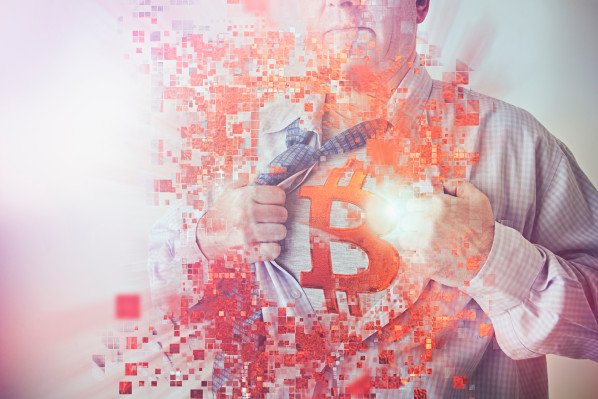The social layer is ironically key to Bitcoin’s security

A funny thing happened in the second half of 2018. At some moment, all the people active in crypto looked around and realized there weren’t very many of us. The friends we’d convinced during the last holiday season were no longer speaking to us. They had stopped checking their Coinbase accounts. The tide had gone out from the beach. Tokens and blockchains were supposed to change the world; how come nobody was using them?
In most cases, still, nobodyisusing them. In this respect, many crypto projects have succeeded admirably. Cryptocurrency’s appeal is understood by many as freedom from human fallibility. There is no central banker, playing politics with the money supply. There is no lawyer, overseeing the contract. Sometimes it feels like crypto developers adopted the defense mechanism of the skunk. It’s working: they are succeeding at keeping people away.
Some now acknowledge the need for human users, the so-called “social layer,” of Bitcoinand other crypto networks. That human component is still regarded as its weakest link. I’m writing to propose that crypto’s human component is its strongest link. For the builders of crypto networks, how to attract the right users is a question that should come before how to defend against attackers (aka, the wrong users). Contrary to what you might hear on Twitter, when evaluating a crypto network, the demographics and ideologies of its users do matter. They
Be the first to write a comment.



